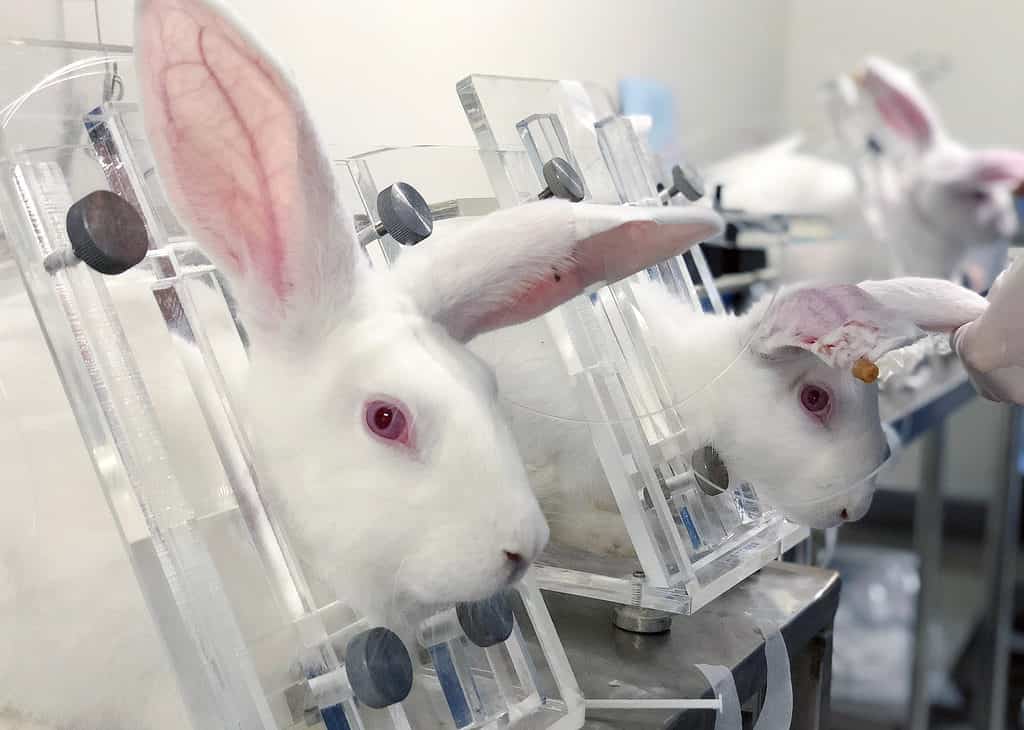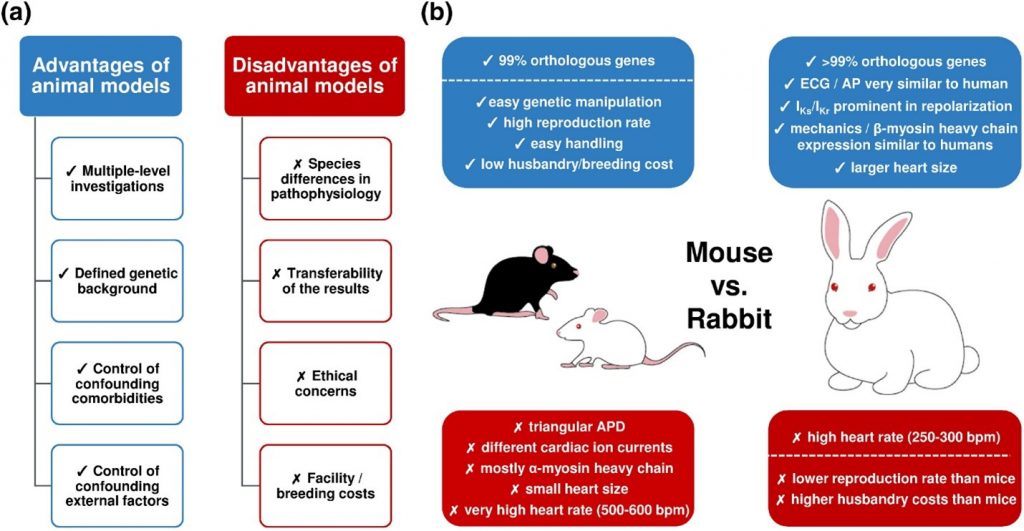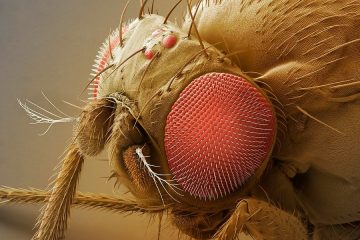
In the realm of biomedical research, scientists frequently utilize animal models to gain insights into human diseases and develop potential treatments. Among these models, transgenic rabbits have emerged as valuable tools due to their unique characteristics and advantages over other commonly used animals.
What are Transgenic Rabbits?
Transgenic rabbits are genetically modified rabbits that carry foreign DNA, typically a specific gene of interest. This allows researchers to study the function of this gene and its potential role in various diseases or biological processes. The foreign DNA can be introduced through various techniques, such as microinjection or pronuclear injection, and integrated into the rabbit’s genome.
Why is the Rabbit a good Animal Model?
Several key features make rabbits particularly well-suited for use as transgenic models:
● Physiological Similarities to Humans: Compared to rodents, rabbits exhibit a closer resemblance to humans in several aspects, including:
● Lipid metabolism: Rabbits, like humans, are prone to developing high cholesterol and atherosclerosis, making them excellent models for studying these conditions.
● Cardiovascular system: The rabbit heart shares more structural and functional similarities with the human heart than rodent hearts, rendering them valuable for investigating cardiac diseases.
● Body size: The larger size of rabbits compared to rodents allows for easier handling, facilitates non-invasive procedures, and enables researchers to collect larger tissue samples for analysis.
● Longer lifespan: Rabbits have a longer lifespan than rodents, allowing for studies that require extended observation periods to monitor disease progression or treatment effects.
● Efficient protein synthesis: Rabbits have dense mammary glands, making them ideal candidates for large quantities of human protein for therapeutic purposes
● Technological advances: Recent advances in genome editing tools such as CRISPR/Cas9 have greatly improved the efficiency and accuracy of the generation of transgenic rabbits, providing research utility in the 19th century has increased again

In summary, transgenic rabbits offer a valuable alternative to traditional animal models due to their unique physiological similarities to humans, larger size, longer lifespan, and efficient protein production capabilities. They have been used as transgenic models in various research areas to study different aspects of human biology and disease.
Research Areas
● Cardiovascular Research: Rabbits are considered the best transgenic models in cardiovascular research due to their physiological similarity to humans. Researchers have developed transgenic rabbits to investigate the role of specific genes in cardiovascular development, atherosclerosis, and other heart-related conditions.
● Cancer Research: Transgenic rabbits have been used to model various types of cancer using specific oncogenes or tumor suppressor genes to study the molecular mechanisms underlying cancer development and progression.
● Immunology and Infectious Diseases: Rabbits have been used to investigate host-pathogen interactions and to develop vaccines against various infectious agents, including viruses and bacteria.
● Neurological Disorders: Rabbit models have been employed to study neurological disorders such as Alzheimer’s disease and Parkinson’s disease by introducing genes associated with these disorders, to study the underlying mechanisms and test potential therapeutic approaches.
● Muscle Disorders: Transgenic rabbits have been used to study muscle disorders and myopathies to understand the genetic basis of muscle diseases and identify potential gene therapies to treat these conditions.
● Metabolic diseases: Transgenic rabbits carrying metabolic-related genes have been used to explore and turn on the molecular pathways involved in metabolic diseases such as obesity and diabetes, testing interventions aimed at controlling these conditions.

Furthermore, although rabbits are not as commonly used as genetic models like mice, their size and physiological similarities to humans are valuable for their specific research questions.
The advantages of using the rabbit as a transgenic model
● Rabbits are the largest animal sample from which hybrids can be derived for research purposes and can be bred as specific pathogen-free rabbits.
● Some genes exhibit similar profiles in rabbits and humans, making them relevant for studying gene function and regulation.
● They share anatomical similarities with humans, making them ideal models for understanding the molecular mechanisms of diseases including hyperlipidemia, atherosclerosis, and cardiovascular disease. (e.g., the beta isoform of the myosin heavy chain predominates in the heart in rabbits and humans, making rabbits an excellent model for studying human congenital heart disease).
● Monitoring the metabolic changes in dogs is non-lethal.
● Rabbits have a slightly longer life span compared to mice, and it is useful to study the long-term effects of genetic variation.
Disadvantages of utilizing Rabbits as a transgenic model
● Maintaining and breeding rabbits can be more expensive as the cost of housing, feeding, and veterinary care are significant factors.
● Low reproduction rates
● Genetic manipulation techniques in rabbits are more challenging and time-consuming.
● The availability of genetic tools and resources, such as well-characterized transgenic lines and gene editing technologies, is more limited compared to rodents.

As technology continues to evolve, the use of transgenic rabbits is expected to play an increasingly crucial role in advancing our understanding of human diseases and developing novel therapeutic strategies, and the utility of rabbit models in various fields of research is likely to expand.
Written by:
Shehara Nethmini and Umesha Abeysuriya
3rd Year Undergraduates
Faculty of Science,
University of Colombo.
References:
- Hornyik, T., Rieder, M., Castiglione, A., Major, P., Baczko, I., Brunner, M., Koren, G., & Odening, K. E. (2021). Transgenic rabbit models for cardiac disease research. British Journal of Pharmacology, 179(5), 1-12
- Simon, F., Oberhuber, A., & Schelzig, H. (2015). Advantages and Disadvantages of Different Animal Models for Studying Ischemia/Reperfusion Injury of the Spinal Cord. European Journal of Vascular and Endovascular Surgery, 1-10. https://doi.org/10.1016/j.ejvs.2015.03.041
- Song, J., Zhang, J., Xu, J., Garcia-Barrio, M., Chen, Y. E., & Yang, D. (2021). Genome engineering technologies in rabbits. (2), 135–147. https://doi.org/10.7555/JBR.34.20190133
- Hou, Y., Zhang, X., Sun, X., Qin, Q., Chen, D., Jia, M., Chen, Y. (2022). Genetically modified rabbit models for cardiovascular medicine. 174890. https://doi.org/10.1016/j.ejphar.2022.174890
Image Courtesy:
- Title Image: https://biturl.top/mEjaAr
- Figure 1: https://biturl.top/EfaQzm
- Figure 2: https://biturl.top/BJzINj
- Figure 3: https://biturl.top/eArqAr



0 Comments